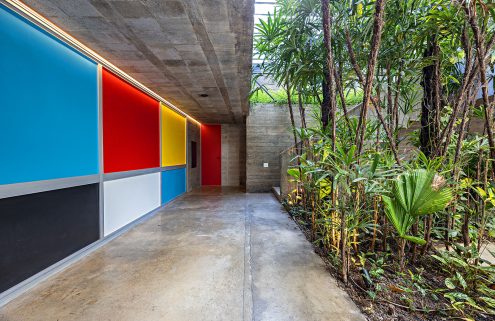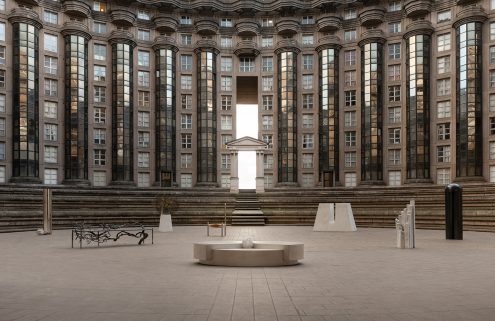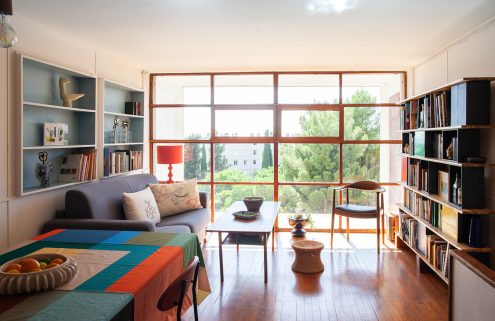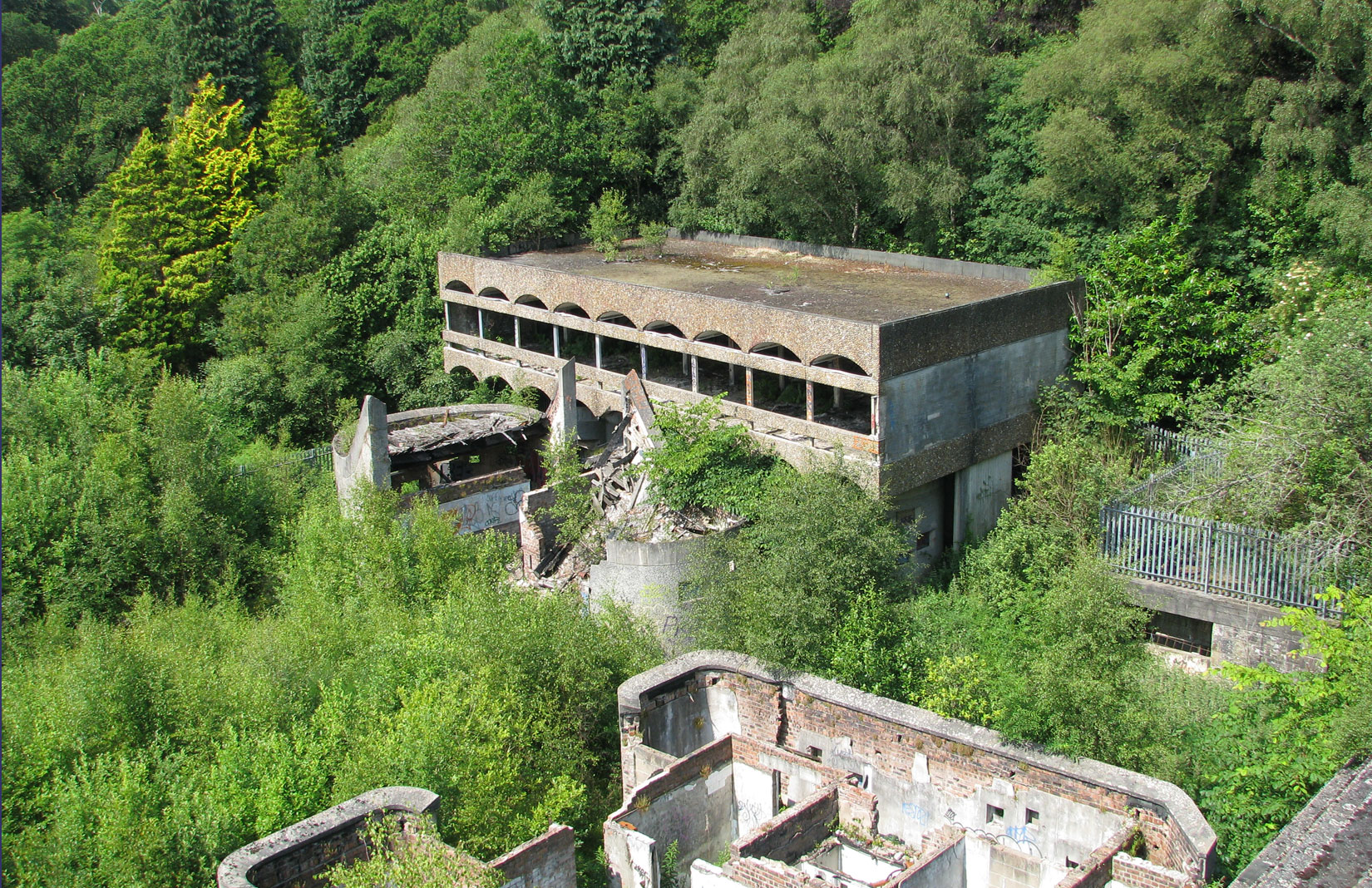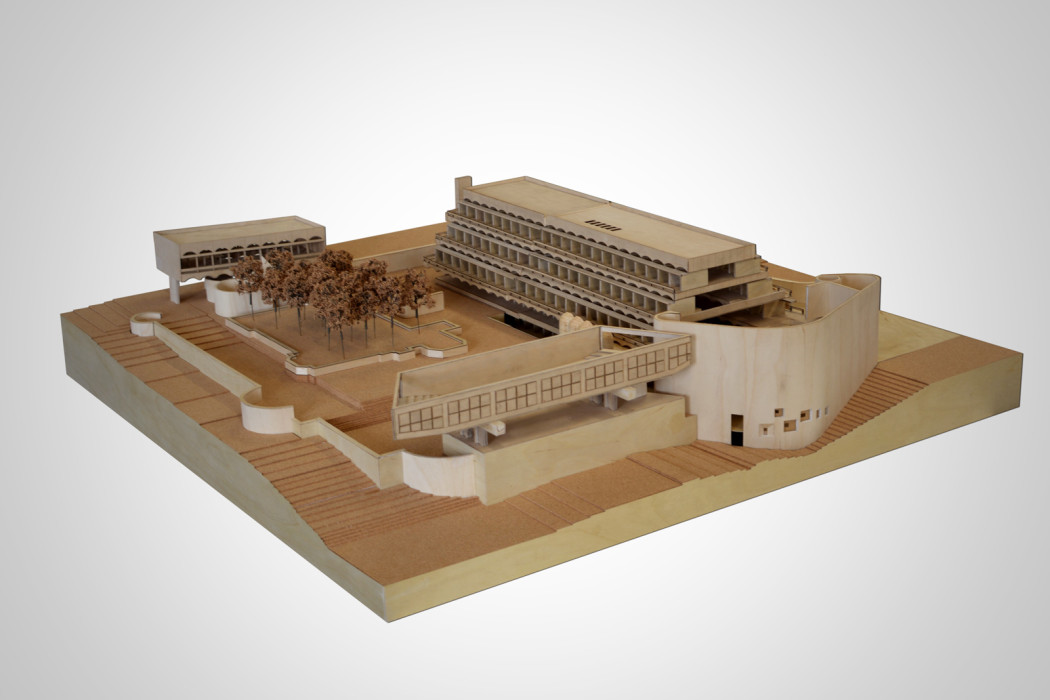
Model of St Peter’s seminary by NORD Architecture, courtesy of NVA
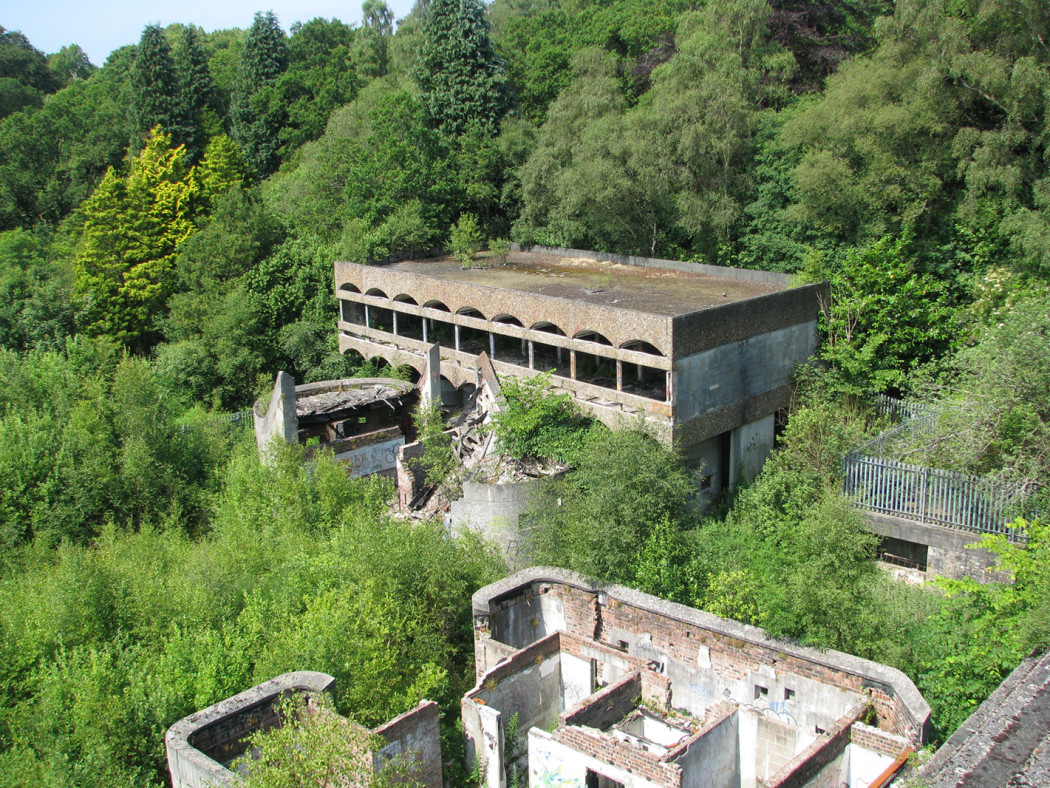
The derelict St Peter’s Seminary as it is now. Photography: Stuart Caie
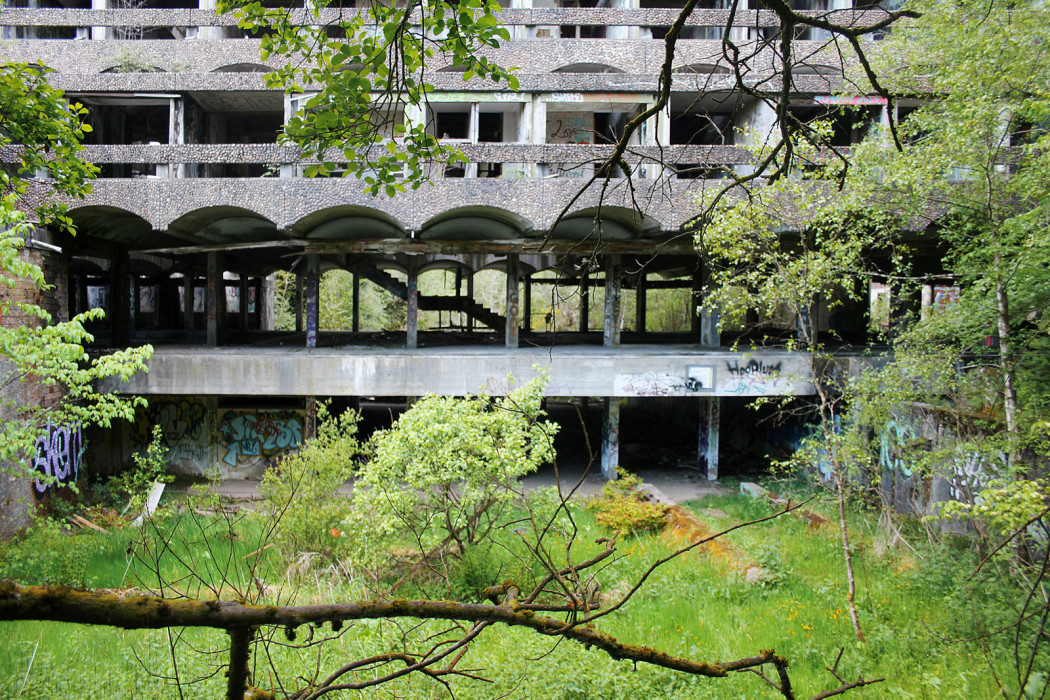
Photography: Trevor Patt
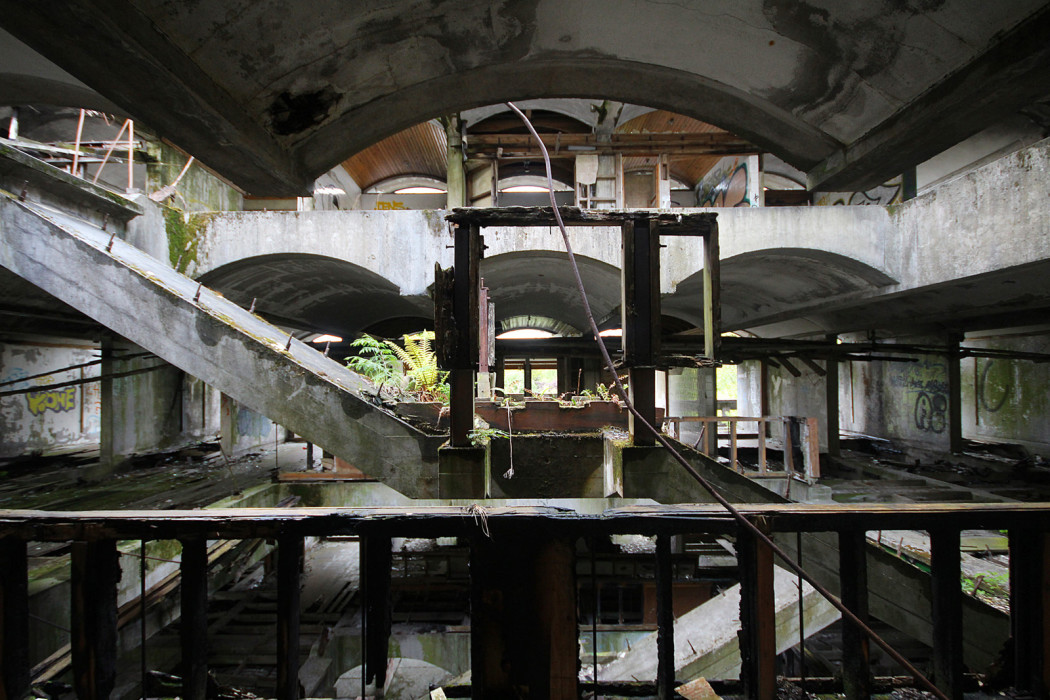
Photography: Trevor Patt
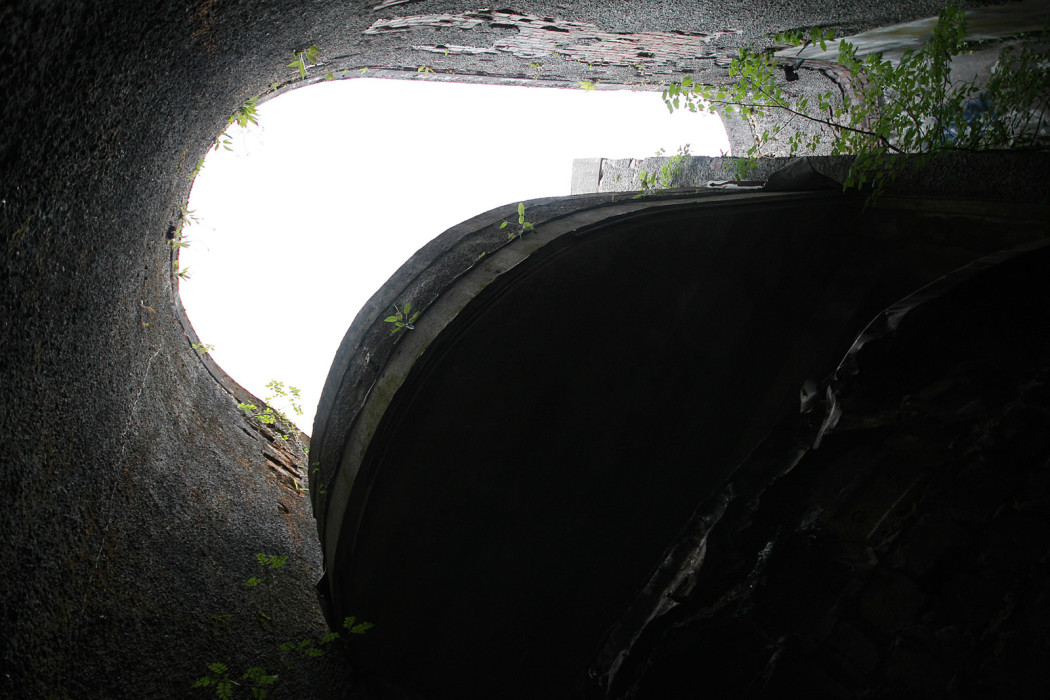
The derelict St Peter’s Seminary as it is now. Photography: Trevor Patt
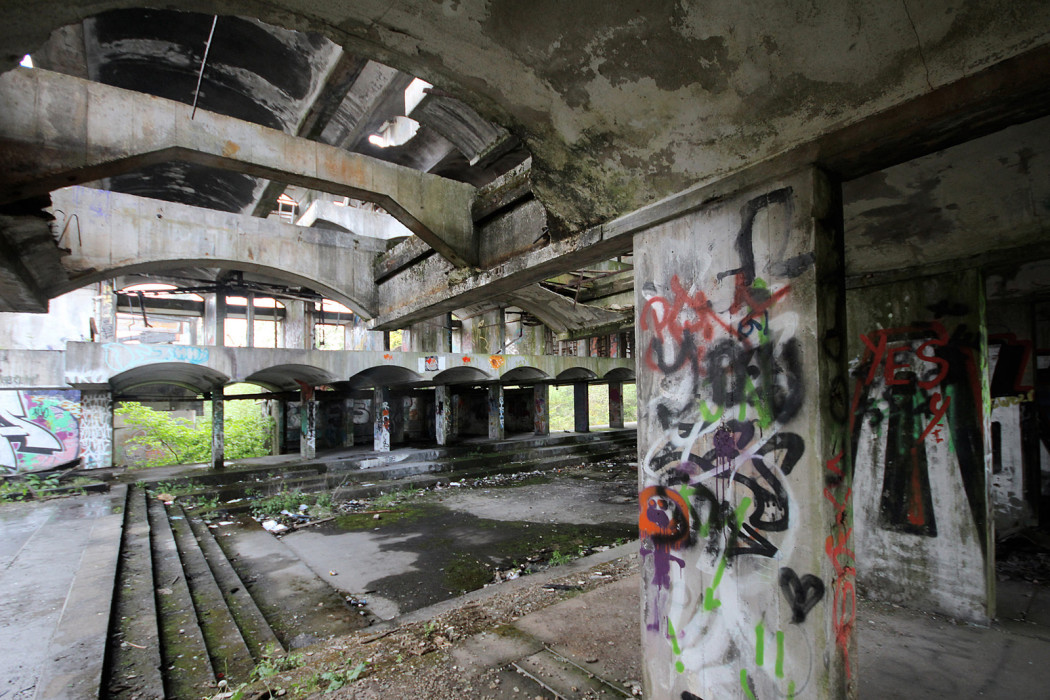
The derelict St Peter’s Seminary as it is now. Photography: Trevor Patt
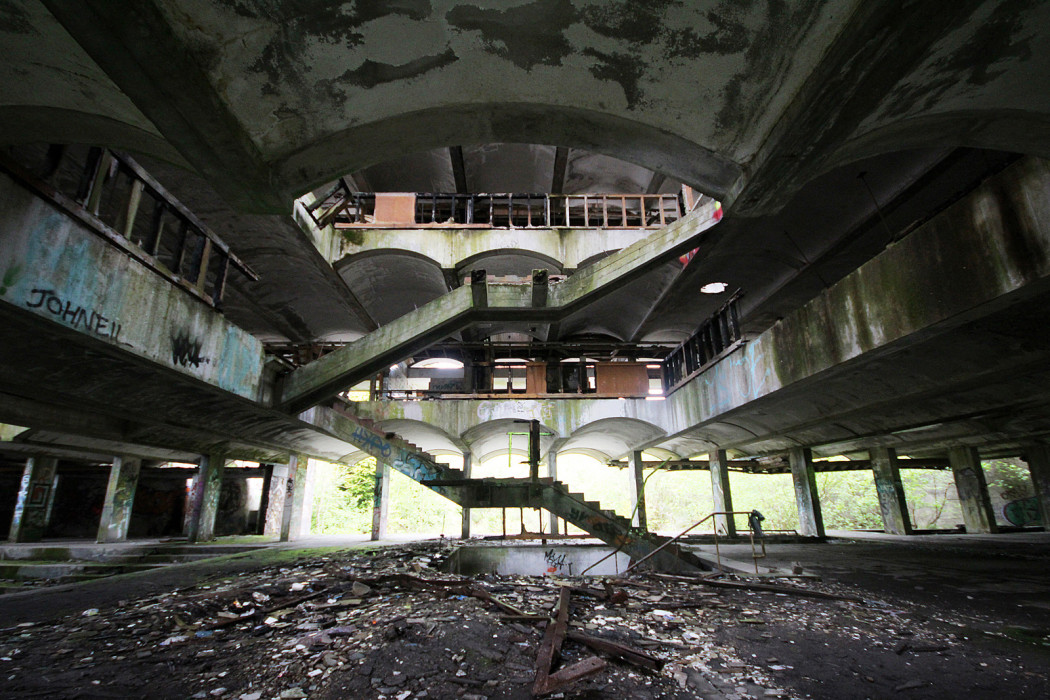
The derelict St Peter’s Seminary as it is now. Photography: Trevor Patt
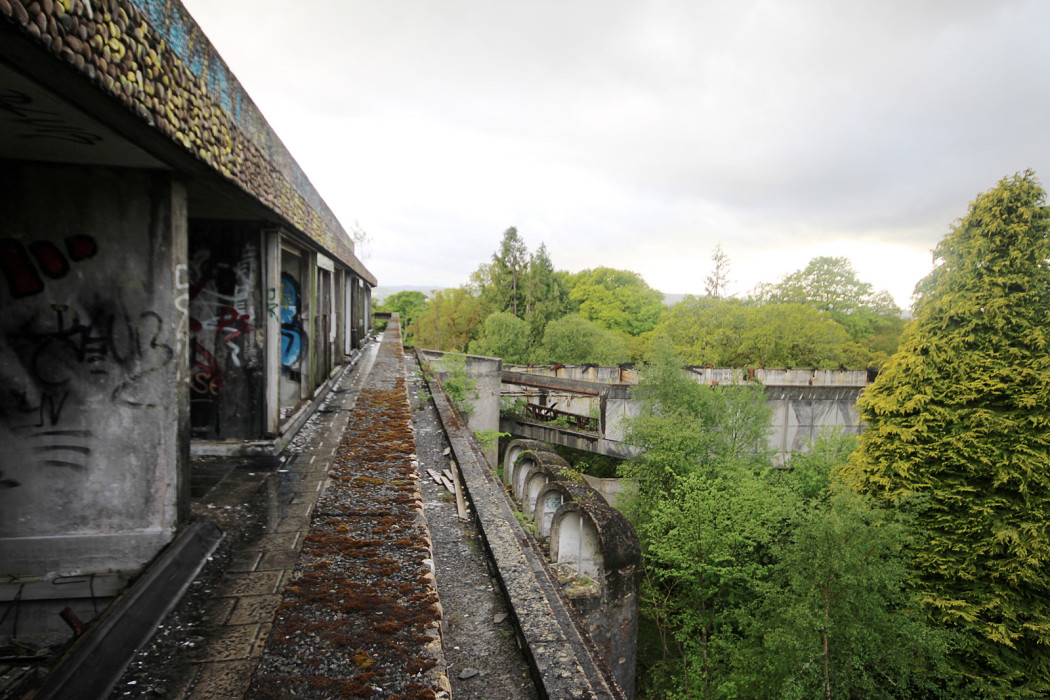
The derelict St Peter’s Seminary as it is now. Photography: Trevor Patt

Photography: Trevor Patt
Arts organisation NVA and a team of architects will begin rescuing St Peter’s Seminary from dereliction this summer, 25 years after it was left to rot.
Completed in 1966 by Gillespie Kidd and Coia – and widely regarded as one of the most important examples of Scottish architecture from the era – the Brutalist building sits in a wooded landscape in Cardross, 20 miles west of Glasgow.
The seminary ceased to operate after only 14 years of use, due to a change in the diocese’s policy, which took the training of priests out into the community. After a short stint as a drug rehabilitation centre, the building then fell into disrepair, laid bare to the ravages of arsonists, trophy hunters and graffiti artists.

A series of proposals from developers ensued, including one by developer Urban Splash to turn it into housing, before it was finally gifted by the diocese to Glasgow-based NVA – an organisation that creates public artworks and events in unusual locations.
The group are not aiming to completely restore the original building. Instead they plan to stabilise its framework and turn the space into an ‘international venue for public art and knowledge exchange’, says creative director Angus Farquhar. ‘NVA’s plans represent an unheralded form of regeneration; one that accepts loss and ruination as part of the site history.’
They have enlisted a design team that includes London-based Avanti Architects and Glasgow studios ERZ Landscape Architects and NORD Architecture to bring the space back to life. To date, they have secured £5m of the £7m target, raised from the Heritage Lottery Fund and private funds.
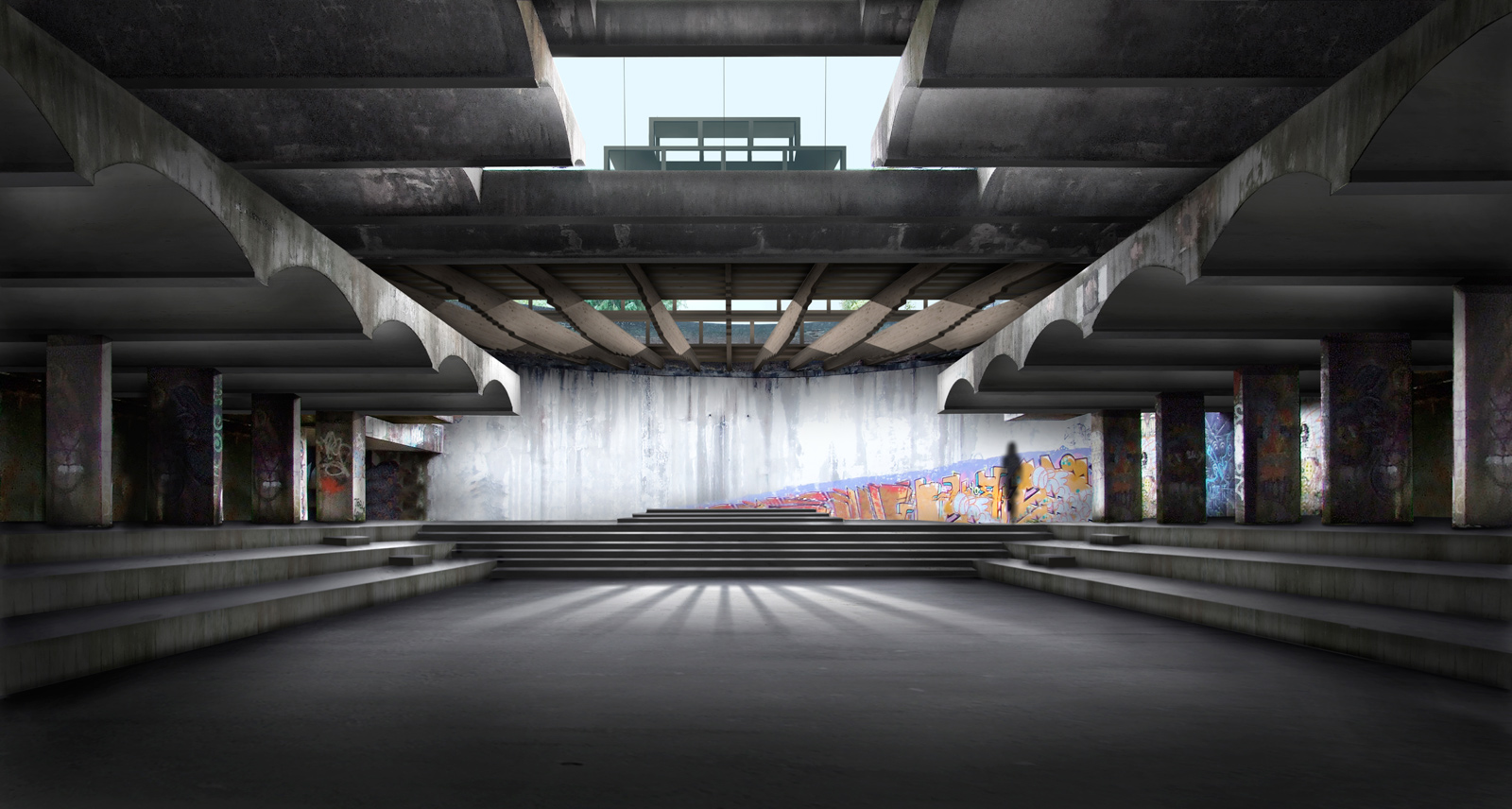
We caught up with Farquhar to find out how work is progressing.
What is the next step in the resurrection of St Peter’s?
We’re about to start on site removing all the hazardous waste within a 2-metre radius of the building and completely clean the ruinous space.
We’ll be doing the landscape works incrementally, firstly clearing the site of the invasive rhododendrons that swamp the grounds. Then we will unearth the stone sets that surround the building which are miraculously in a very intact state.
Le Corbusier regularly used this type of land treatment, creating pathways and patterns in the ground around the perimeter of his buildings. Thanks to the extent of the undergrowth, they’ve remained largely intact, whereas the building has been relentlessly attacked.
How will you balance conservation with restoration?
We will start by consolidating the site where the original refectory sits, before restoring the chapel and the ziggurat that sits over the altar in the main sanctuary. The additional ancillary buildings will be kept in a holding state while we can consider future uses that will respond to how the site is evolving. We’re keen not to rush the process.
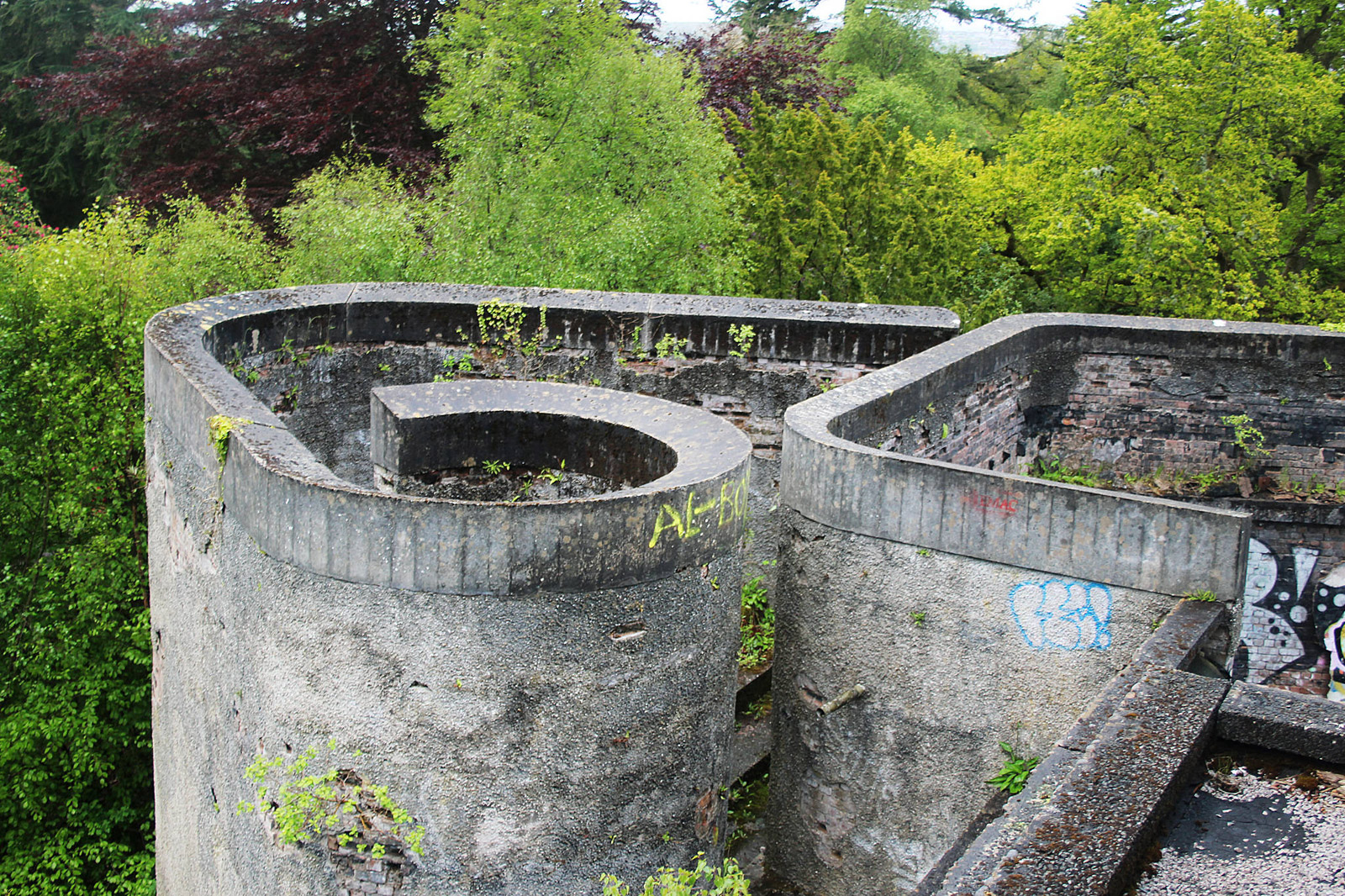
How are the architects planning to reuse some of the key elements of the design, like the floating staircases and other modernist hallmarks?
There’s a large staircase in the belvedere, outside of the sanctuary, that wraps around the boiler house. This will be reinstated as a viewing platform, providing a sense of height and drama.
The buildings’ fabric is crumbling. How do you stabilise it?
We will seal the windows to prevent water ingress. The only fully restored element will be the floating glue laminated beams and lantern roof light that sits above the altar. The original chapel will become the 600 seater arts venue, where we can present all manner of experimental arts.
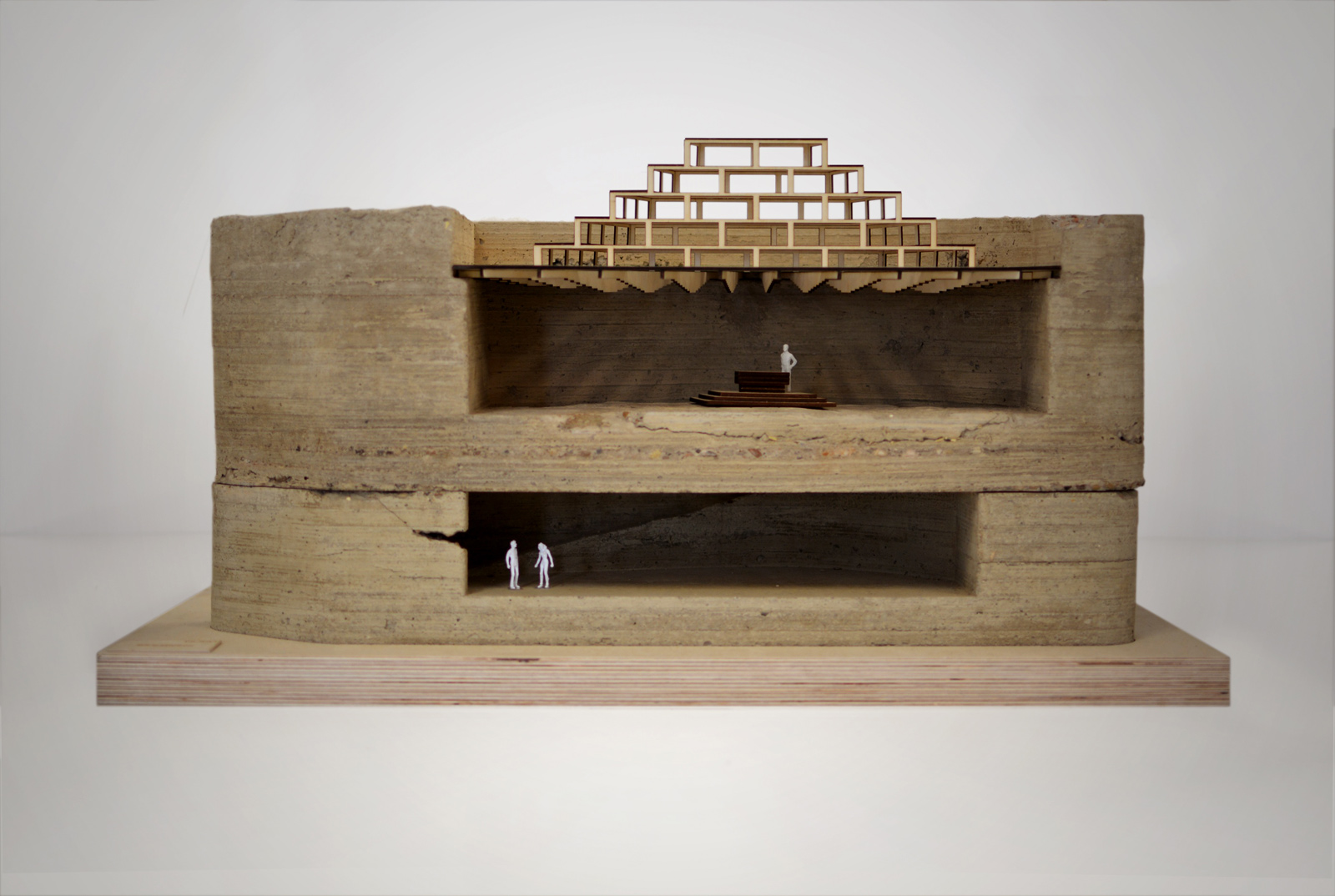
There’s a current obsession with ‘ruin porn’ and adapting 20th structures to new uses. What’s your take on this?
To counteract the sub-narrative of ‘don’t ruin the ruin’, it’s important to understand that the long-term physical damage to the building is so extreme that if we didn’t act now, the church would be forced to override its listing and demolish the building within a few years. In its current state, it poses a real threat of danger.
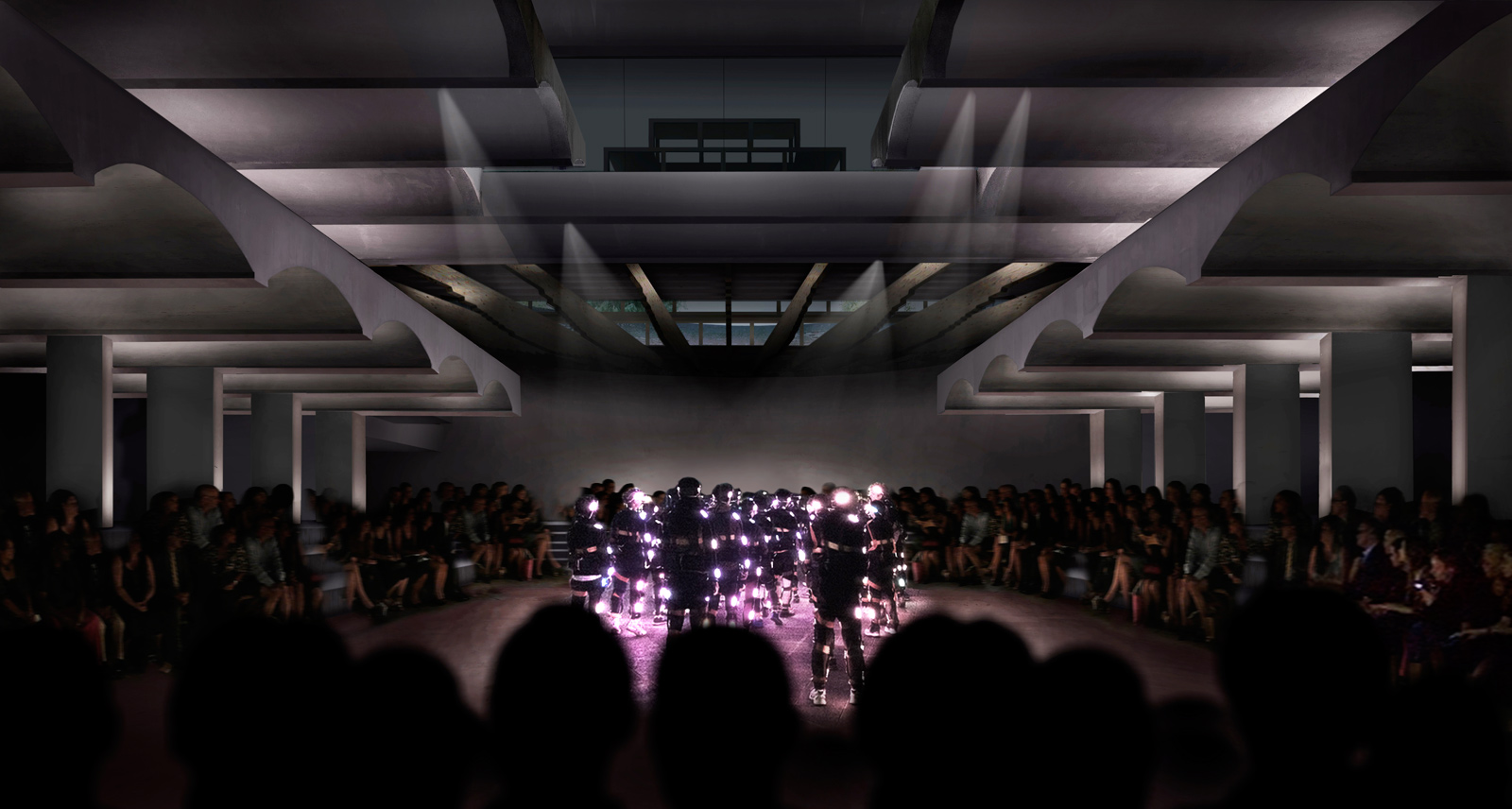
How are you engaging with the community?
We will launch the ‘illuminated landscape project’ in 2016 to announce a manifesto, which will suggest how the building’s programme will unfold. This will include an intellectual experience, a visceral experience, an installation, and an event to create different points of moving through the landscape – a powerful reawakening of the site for the public.
